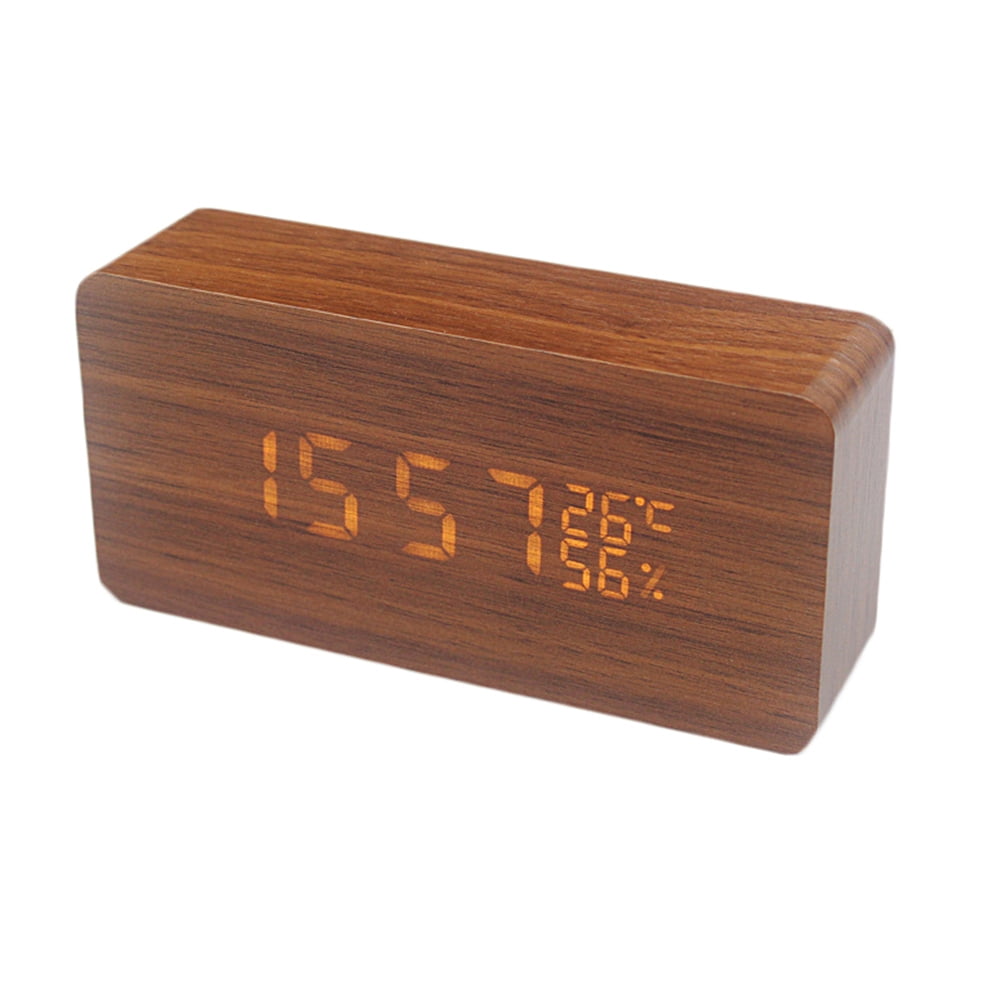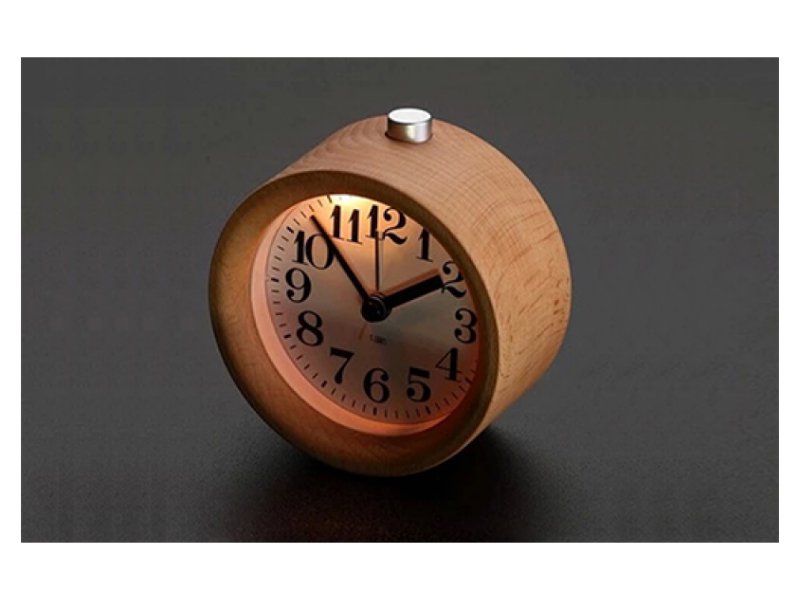

To build the electronics, follow the attached schematic. To change it you will need to change some numbers in the arduino preferences and board definition files, as found here. The clock speed is currently compiled to run at 20 MHz. To do this, just change the oneMin variable in the code, mine is 60116. Odds are that your crystal won't be exactly 20.0Mhz, so it will need to be calibrated to keep accurate time. To change any aspects of the file, I have also included all of the commented code, just click 'upload to board' (you will get an error unless you have an arduino plugged in) to re-compile and the. hex file found in the applet folder of the arduino sketch folder (which is the one I have attached to this step and the introduction). To do this, there are good resources here, here and here to burn a bootloader. This is because I wanted an instant startup, and it also allows for more program space(although, not much). I loaded the program onto the atmega168 by using an avrisp mk II to circumvent the bootloader on most chips used with Arduino. This step may sound simple, but it can be vary confusing is not done properly. When choosing the length of wire, run the wire from the row/column to where you want the electronics to be placed and add 5-10cm extra to work with. The final part of this step is to solder wires to the rows and columns for the electronics to hook up to. Now solder all of the rows together so there are a total of 10. Bend the other anode colour's leads down and then horizontal, so they form another 5 anode rows. To solder the anodes together first bend all of one colour's anode up and then bend them horizontally, so there are 5 anode rows for that colour.

To start soldering, first bend all of the cathodes (shorter leads) down so they form 17 columns very close to the board, then solder them together. If you used 2 LEDs, then when you insert the LEDs into the holes, place the cathodes in the middle of the hole, so the 2 flat sides meet. Be careful when doing this, the drill bit can catch much easier and pull the board up, poking out the hole.

If you used 2 5mm LEDs like me, then you will need to widen the the holes for the LEDs. Be warned that this takes patience, don't rush it or you may burn out a hole and have to restart.įor this step, place one of each type of the LEDs in each hole so they wedge in place. Once you are comfortable with drilling the holes, move on to the final piece of wood and drill out each hole. Repeat this until you are happy with how much light shines through (see pictures below for a reference). If you don't, it will burn the hole making the face discoloured. The drill is turned off so you can scrape any build-up off of the bottom of the bit. Hold it down for 1 second again then let up and turn the drill off. Line the bit up with a test hole and gently hold down for 1 second and let up. Adjust the depth gauge so the bit is barely above the lower board as in the 3rd picture. On a safety note, this is not how the bit is designed to be used, and is a hazard, so be extra careful. Start by putting the hobby tool bit in the drill press (make sure to leave over 1" out of the chuck). This step is very challenging, the point of it is to use the hobby tool bit to make the hole ends flat so the light shines through evenly. Drill one hole in each of the circles on the template as in the picture below. A strong light should be able to shine through where the tip of the drill ended. Drill at least 10 test holes (they will be used later!). I strongly suggest using a test board first to see if it works. Take a drill bit slightly larger than the flat-ended hobby bit and adjust the depth gauge so that the tip is just 0.8-1mm above the lower board, this is so it doesn't go all of the way through the front board. Take the front board and place it template side up on top of the worst looking board. Tape it to the back side of the front board, so the good side is facing down when the print-out is facing up. Start by printing out the template attached to this step at a 1:1 scale. Try to avoid any knots or visible defects in the wood because they will make it infinitely harder to drill the LED holes. Take the best piece of the 1"x4"x1-1/2' board and choose the best side to be the front of the clock.


 0 kommentar(er)
0 kommentar(er)
